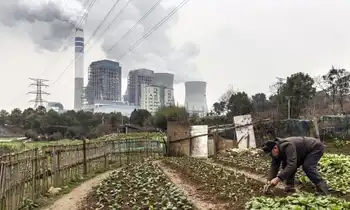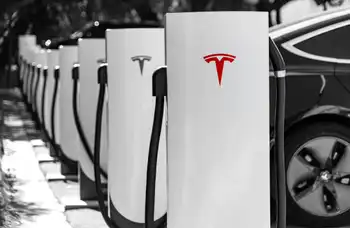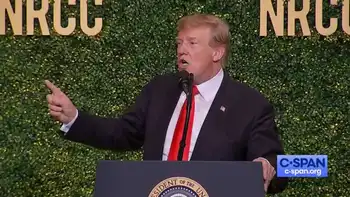Saudi power sector looks to save $855 million
This tariff will add $855 million a year to Saudi Electricity Company to cope with developing electricity sector challenges.
Al- Husain said that the cost of electricity in 90 of the industrial sector represents 1 of the total cost with the old tariff, and 3 of the total cost with the new tariff, noting that the main objective of the slides of the new tariff approved is to displace loads for peak times and ration energy consumption.
The electricity sector in Saudi Arabia is under considerable strain, including high growth rates that dramatically exceed the rest of the world, as the peak hours during the summer equate to consumption for the rest of the year. Regarding the utilization of the large surplus through the rest of the months, Al-Husain said a new study with the World Bank to take advantage of the connection lines and international export surplus, which are worth 3,000 megawatts MW to neighboring countries.
On the other hand, Al-Husain announced that there a planned desalination plant set up in Al Khafji, based on solar energy, that produces 30,000 cubic meters of water per day in its first stage, with the cooperation of King Abdulaziz City for Science and Technology.
The minister noted that the total capital investment required for the key activities of the electricity sector in Saudi Arabia from 2009 to 2108, covering the areas of generation, transmission and distribution, would amount to $88.2 billion. The generation sector will have more than $46.3 billion transmission will have $26.5 billion and distribution will have $15.4 billion.
Related News

Only one in 10 utility firms prioritise renewable electricity – global study
LONDON - Only one in 10 of the world’s electric utility companies are prioritising investment in clean renewable energy over growing their capacity of fossil fuel power plants, according to research from the University of Oxford.
The study of more than 3,000 utilities found most remain heavily invested in fossil fuels despite international efforts to reduce greenhouse gas emissions, and some are actively expanding their portfolio of polluting power plants.
The majority of the utility companies, many of which are state owned, have made little change to their generation portfolio in recent years.
Only 10% of the companies in the…





